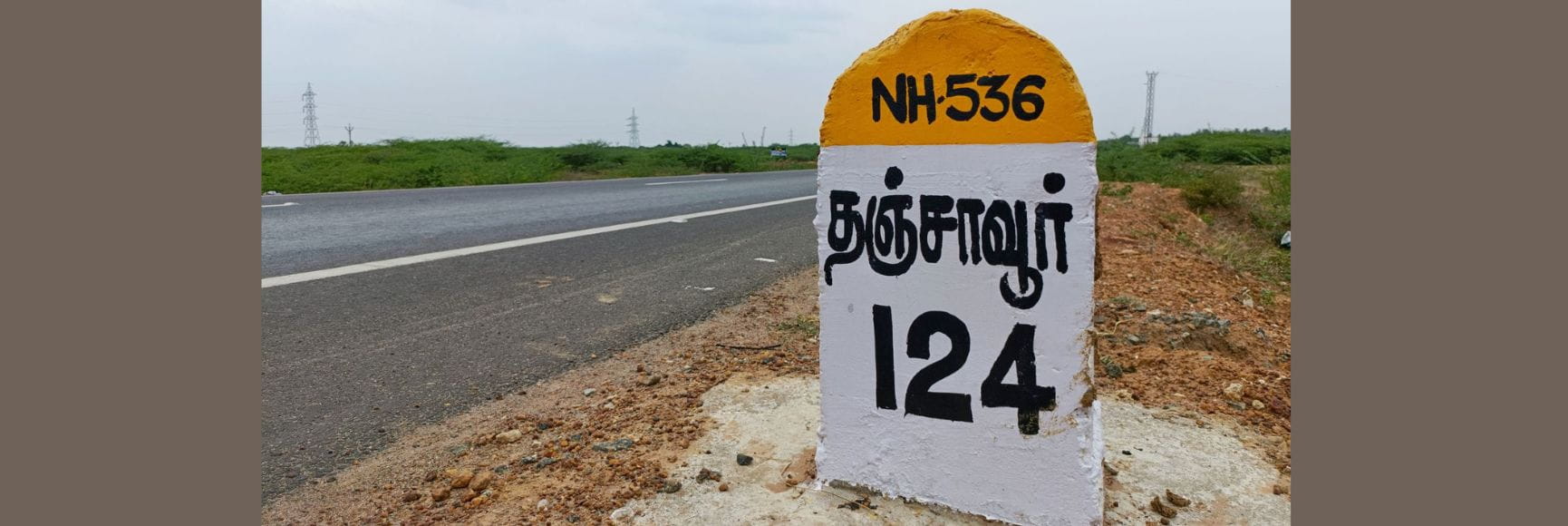Public Financial Management (PFM) diagnostic tools remain the cornerstone of the strengthened approach to PFM reform. The approach emphasizes country-led reform, donor harmonization and alignment around the country strategy, and a focus on monitoring and results. To enhance current understanding of the available tools, the Public Expenditure and Financial Accountability (PEFA) Secretariat recently released the fourth Stocktaking Report of PFM Diagnostic Tools in two volumes. Volume 1 presents the updated spectrum of PFM diagnostic tools and their use and is available in English, French and Spanish. Volume 2 presents the tool characteristics and a detailed description of each of the tools mapped.
The report highlights the following key messages:
- The number of tools increased, responding to global needs and focusing on specific PFM functions/institutions and/or specific sectors
The Report identified sixty-four tools, representing a broad increase from the previous stocktaking. The tools cover (i) broader or multiple functions of a PFM system (Group A, 13 tools), (ii) individual PFM functions, institutions or sub-systems (Group B, 27 tools), (iii) tools used by development partners to assess fiduciary risks (Group C, 10 tools) and (iv) tools focusing on PFM performance in specific sectors or processes (Group D, 14 tools).
A larger share of recently developed tools fall in Group B and Group D, indicating that tools have stabilized in Group A and Group C. In terms of technical coverage, recently developed tools largely focused on assessing PFM performance in (i) budget preparation (ii) accounting and reporting and (iii) revenue management, budget execution, public procurement, and external scrutiny.
Tool custodians reported that most of the recent tool developments and updates aimed to fill an identified gap not addressed by existing tools, to address unmet demand for sector-specific PFM diagnostics, to reflect developments in international standards and codes, and to promote PFM reform action planning.
- PFM tools are used across all regions and income levels, but variations exist
PFM diagnostic tools are used globally by governments and development partners. A higher number of PFM diagnostic tools were used in Sub-Saharan Africa, Europe, and Central Asia. These regions are followed by Latin America and the Caribbean and East Asia and Pacific, with Middle East and North Africa, South Asia, and North America representing a lower share of tools used, which in part reflects the number of countries in the region. Lower-middle-income countries registered higher usage of different PFM diagnostic tools (36 percent of the total) followed by the upper-middle-income countries (28 percent), low-income countries (22 percent), and high-income countries (14 percent).
- Countries need to think strategically about the available PFM tools and how to use them
No country uses all the available PFM tools and the report concludes that countries apply them selectively. That said, over 90 percent of countries worldwide have registered at least one single (unique) use of a tool in the period 2013–2019. Globally, countries have used five different PFM tools on average.
- Foundations are in place to further build up development partners’ coordination in tool development
The majority of tools are designed to be used by development partners, including the fiduciary tools which are used exclusively by their custodians. A number of tools, however, rely on self-assessment by governments or introduce options for assessments led by third parties such as external assessors engaged by governments and/or development partners. Development partners have found different venues and means to coordinate tool development but there is further room to converge on good practices.
The way forward
The trend of development and use of PFM diagnostic tools seems to be moving in the right direction to benefit the global PFM community. PFM tools remain relevant as countries continue to reform their PFM systems to address a widening range of policy implementation challenges. The report identifies several areas where the custodians can improve the approaches towards tool development and maintenance and suggests how governments can better strategize and prioritize the usage of different tools. Initiatives like the Stocktaking Report of PFM Diagnostic Tools contribute to the collective knowledge and understanding of these tools, benefiting all stakeholders involved in PFM reform efforts. More information is available from the PEFA Secretariat’s Global Conference on PFM Diagnostic Tools event.






